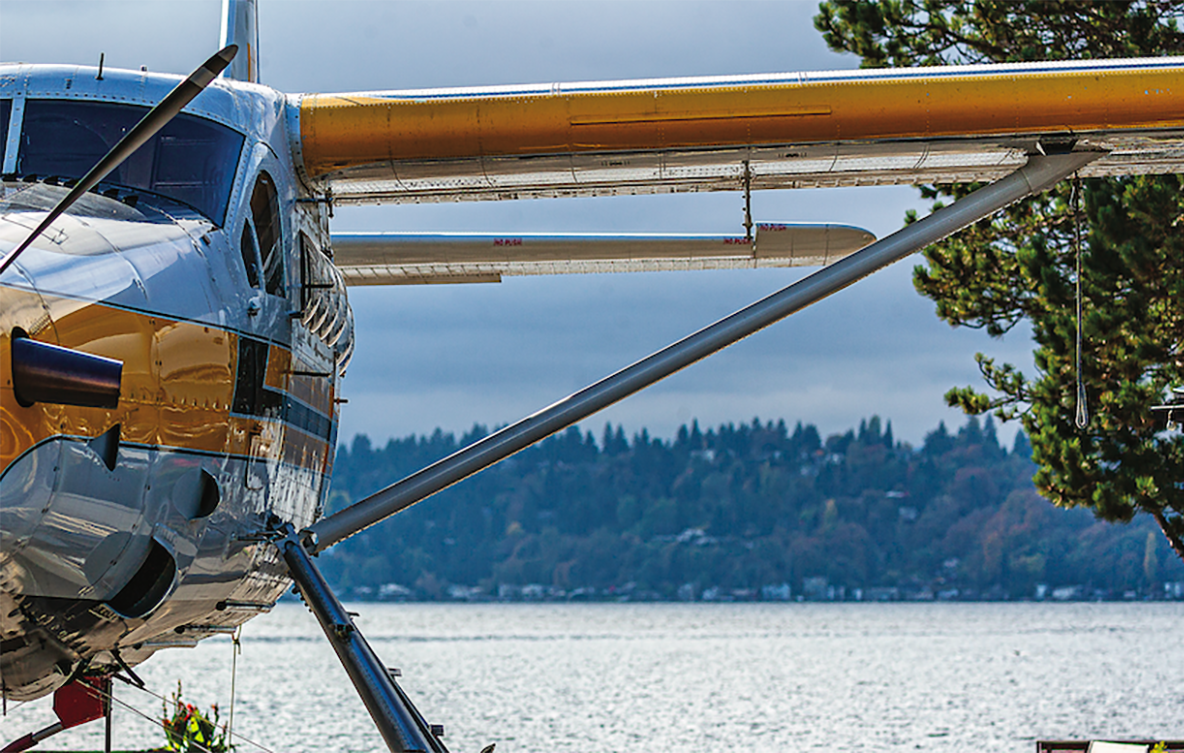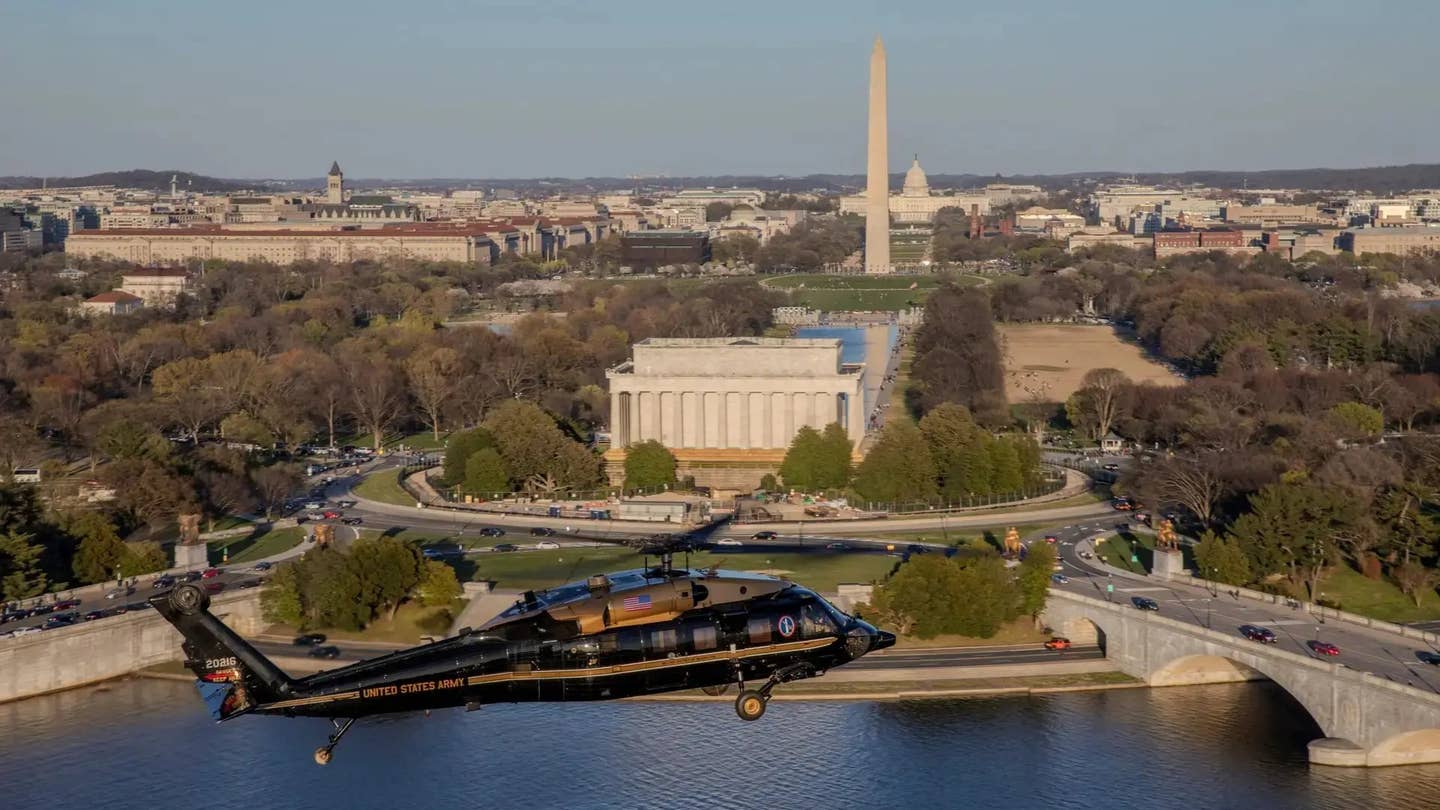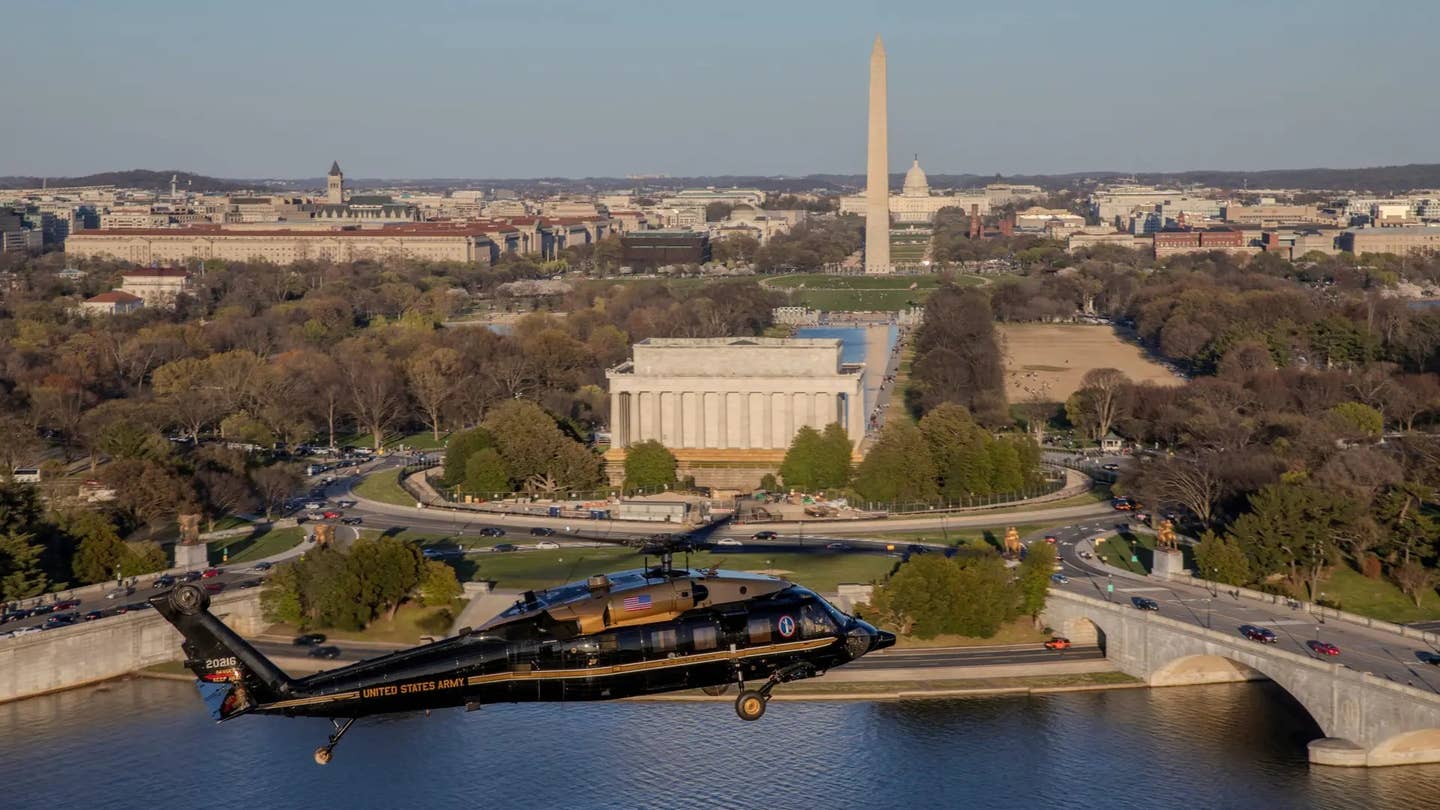NTSB Issues Emergency Safety Recommendation for DHC-3s
The response comes following the loss of an Otter on floats in September.

The NTSB has issued an urgent safety recommendation for owners/operators of DHC-3 Otters. [Credit: Stephen Yeates]
The National Transportation Safety Board has issued an urgent safety recommendation to the FAA and Transport Canada that all operators of de Havilland Canada DHC-3s conduct an immediate inspection on the horizontal stabilizer of the aircraft. The recommendation is in response to information garnered during the investigation of the loss of a DHC-3 Otter turboprop in Washington that killed 10 people.
The NTSB notes the recommendation is to "conduct an immediate one-time inspection of the horizontal stabilizer actuator lock ring in accordance with the instructions in the Viking Air Limited service letter and report their findings to the FAA and Transport Canada, respectively."
“Immediate action needs to be taken to inspect the actuator of DHC-3 airplanes, of which 40 percent operate in the United States, to prevent a similar tragedy from happening,” said NTSB Chair Jennifer Homendy. “NTSB is issuing this urgent recommendation as a result of a significant finding made by NTSB investigators.”
As previously reported in FLYING, these findings were made public on October 24 by the NTSB in a 10-page report. The report notes that when approximately 85 percent of the wreckage was retrieved from the ocean floor, the upper portion of the broken actuator was found still attached to the horizontal stabilizer, while the lower portion was attached to its mount in the fuselage.
Per the NTSB report, during the examination of the airplane wreckage, investigators found that the clamp nut that attaches the top eye end and bearing assembly of the horizontal stabilizer actuator to the actuator barrel had unscrewed from the barrel. The examination also found that the circular wire lock ring—designed to prevent the clamp nut from unscrewing—was not present. If the actuator barrel and the clamp nut are not secured together and become separated, the actuator would not be able to control the position of the horizontal stabilizer, resulting in a reduction or loss of pitch control.
The aircraft was registered to Northwest Seaplanes, a Part 135 operation. The aircraft was on a flight between Friday Harbor Seaplane Base (W33) and Renton Municipal Airport (KRNT) at the time of the accident. The accident happened on September 4, on the pilot’s second flight of the day.
According to witnesses, the float-equipped Turbine Otter was about 600 feet above the water when it suddenly plunged straight down. It took more than a week for searchers with specialized sonar equipment to locate the wreckage, and another two weeks for it to be pulled from the ocean floor.
Who Makes the Rules
In response to the NTSB's recommendation, the FAA released this statement: "The FAA is contacting DHC-3 operators in the United States to ensure they are acting on the aircraft manufacturer’s service letter. The FAA remains in close communication with Transport Canada, which certified the DHC-3."
The NTSB focuses its investigation on making all forms of transportation safer. The FAA is then tasked with putting rules and procedures in place to make this happen for aviation recommendations made by the NTSB.
According to the NTSB, on October 26, Viking Air Limited, the current certificate holder for the DHC-3, published a service letter recommending DHC-3 operators “visually confirm that the stabilizer actuator lock ring is present, correctly seated in the groove in the upper housing…and the lock ring tang is engaged in the clamp nut.” Viking Air Limited stated that this action was to be performed upon receiving this service letter, “regardless of when the most recent maintenance was completed.”
The NTSB's investigation into the accident continues.

Sign-up for newsletters & special offers!
Get the latest FLYING stories & special offers delivered directly to your inbox






